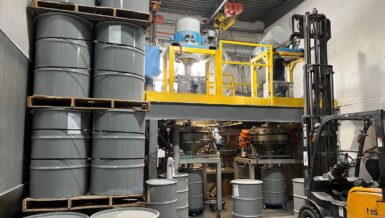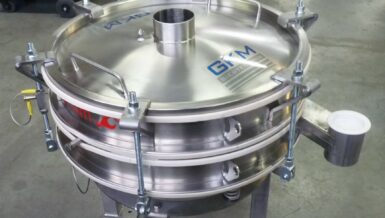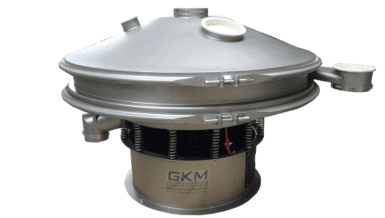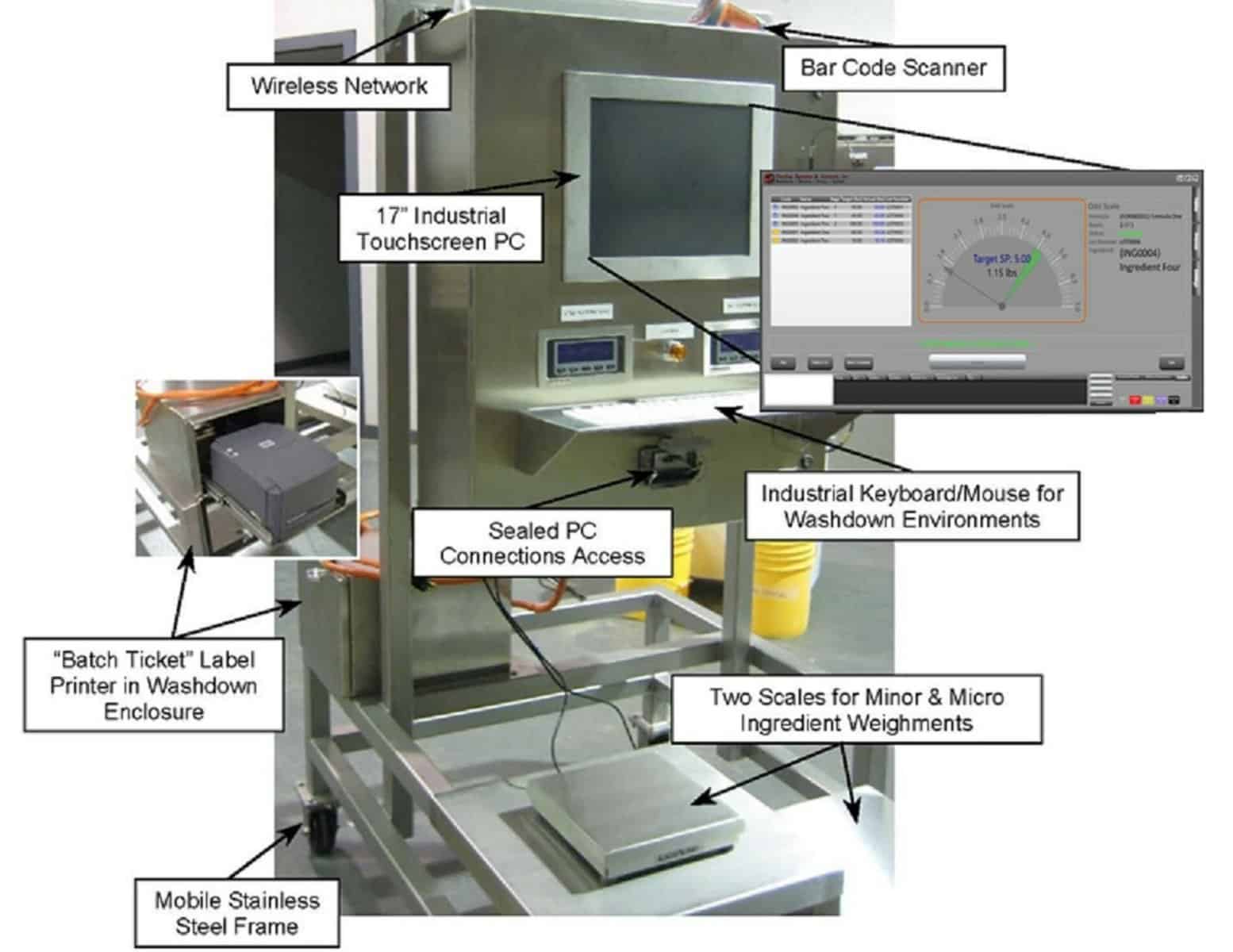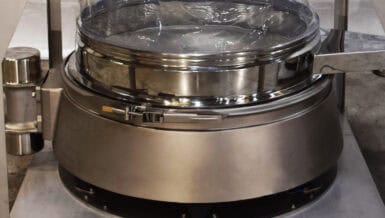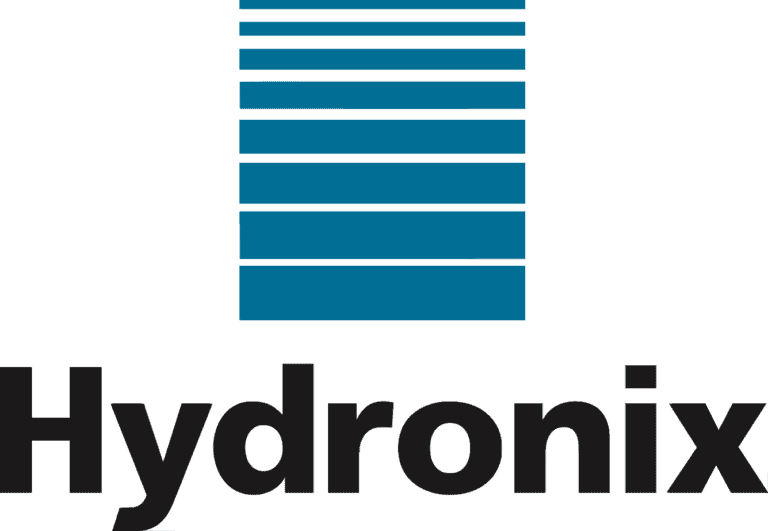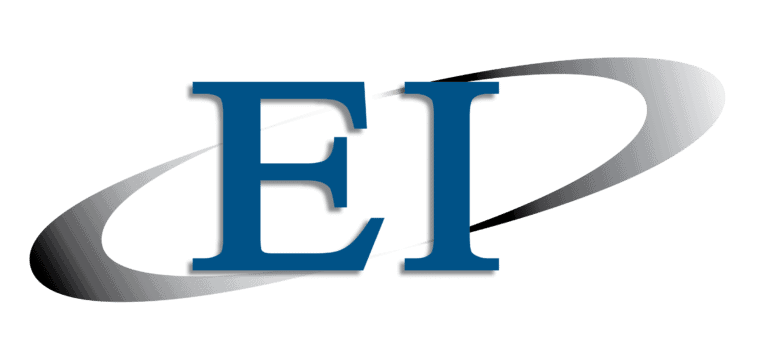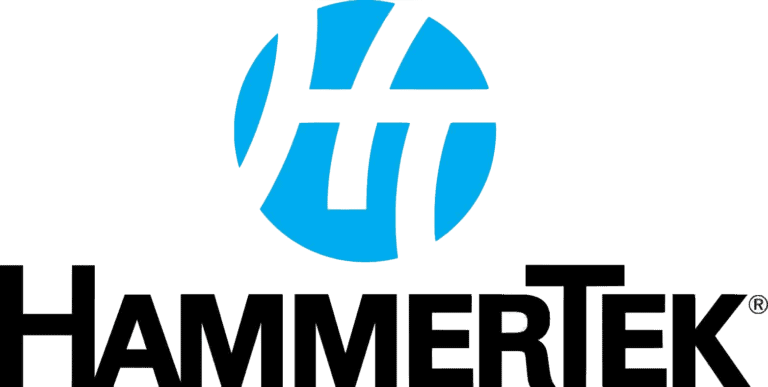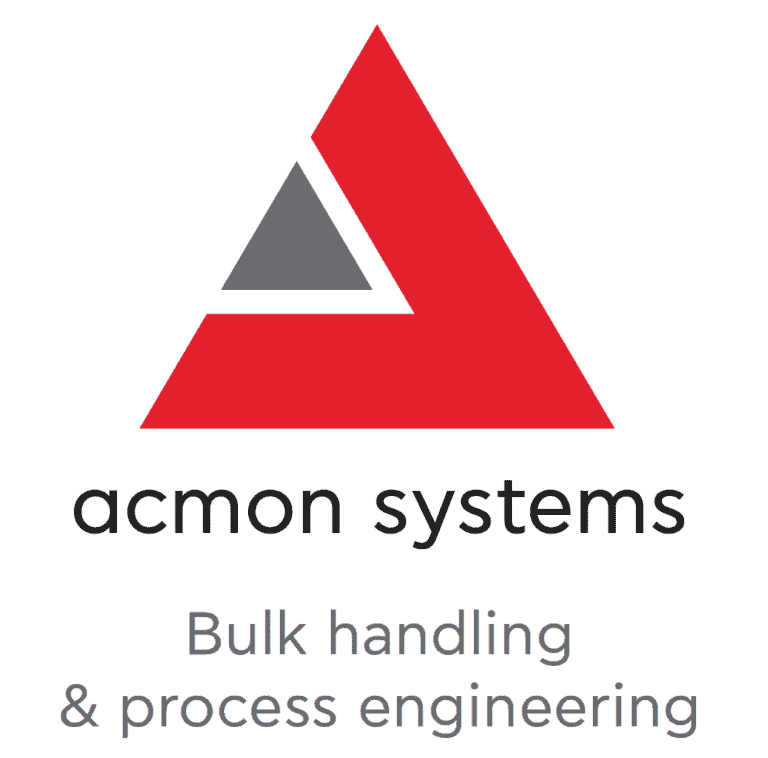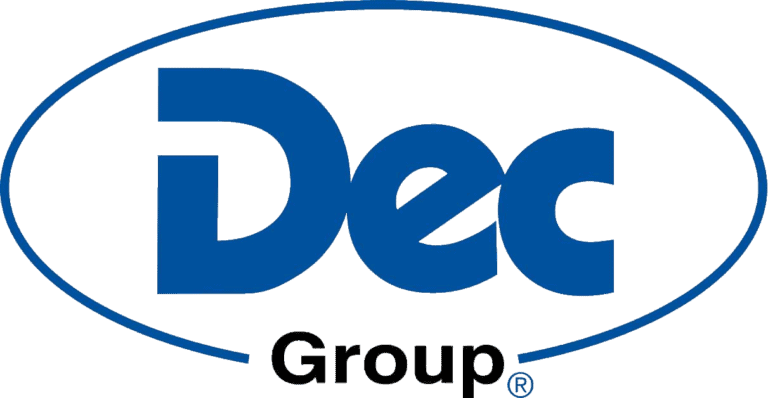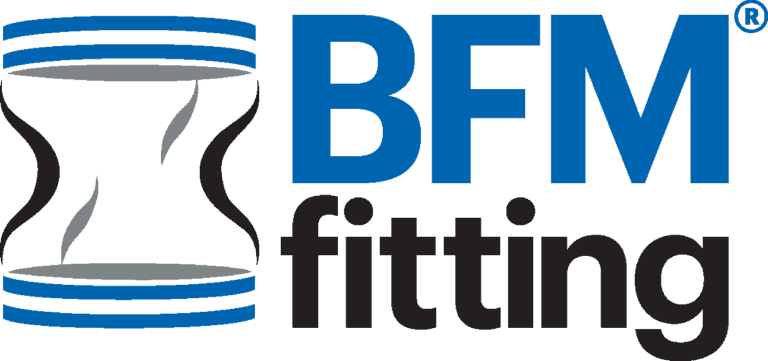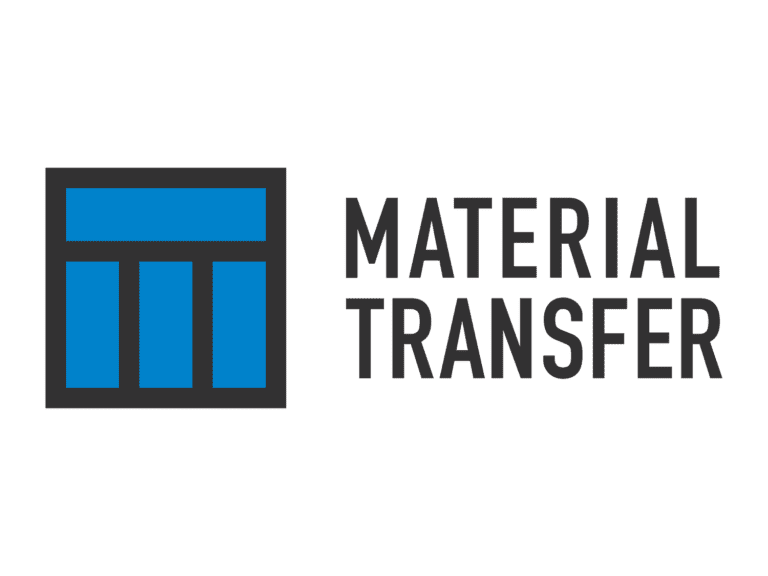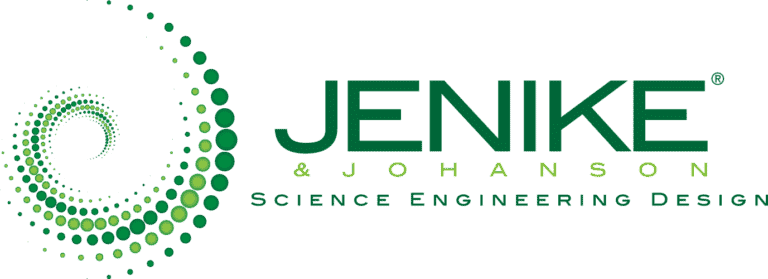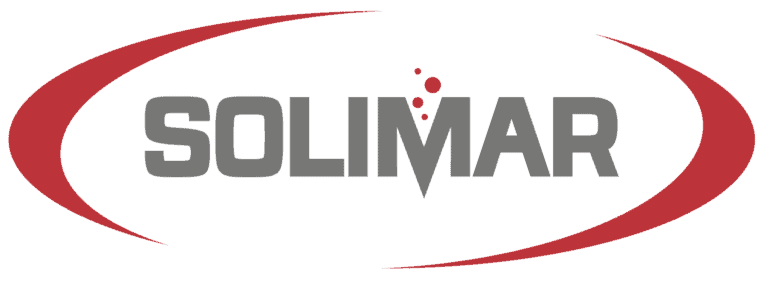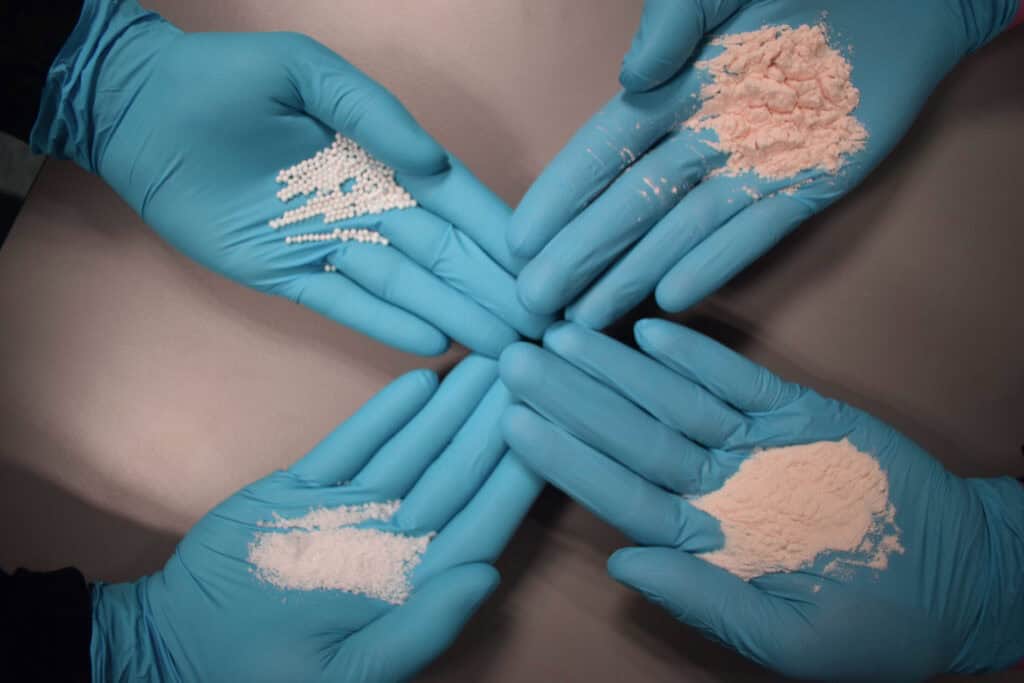To reach these aims it is important to understand the grinding system as a whole and not to see just the individual hammer mill.
With a focus on sieves and screens in this process you can say that the screens make a great contribution to the efficiency of the grinding system also because they can be integrated into the process at two points:
- Before the hammer mill (pre-screening)
- After the hammer mill (post-screening)
Before the hammer mill Tietjen uses vibration sieves or plan sifter as pre-screening. These sieves make sure that only particles reach the hammer mill for grinding which do not meet the defined particle size jet. In this way the process cost are reduces as only particles are grinded which do not meet the required particle size. Furthermore, the coarse particles will support the screen cleaning in case of sticky or clogging smaller particles in the raw material. Vibration sieves and the crossyoke-plansifters are the right choice.
After the hammer mill plan sifters, turbo sifters and tumbling sieves are used by Tietjen. They ensure that the grinded material meets the quality criteria, or even increase the product quality regarding grain size distribution. Screening in the end of the process also ensures that the grinded material is free of impurities or coarse particles. It is also possible to detect a broken screen in the hammer mill with this application.
The different sieves and screens used in combination with a hammer mill
• Vibrating screens are equipped with inclined screen cloth. The vibration will create a throw parabola and guides the product through the screen machine. The design allows from n=1 up n= 6 screen decks and can divide the product in up to n+1 different fractions. These type of screen machines are perfect for high throughputs before the hammermill system. • Plan sifters are made of several layers of flat screen decks inside the screen case. Often the screen clothes have the same mesh size and separates the product into two mass flows: overs and unders. A common sifter type is the crossyoke-plansifter. • Turbo Sifters are tubular screen clothes with a fast-rotating screw or paddle shaft. This shaft feeds the raw material through the screen tube and throws it against the screen mash. The fines passes and the overs ran out at the tail of the screen machine. Some screen machines support the screening effect by vibrating of the screen cloth. This helps with fatty and sticky raw material like oatmeal. Turbo sifters will create two fractions of the meal: overs and unders. • Tumbling sieves are flat screen clothed machines. They have minimum n=1 screen deck and can be equipped within up to n=5 screen decks. The meal can be divided into n+1 fractions. Many different technical options can support the screen efficiency like balls, ultra-sonic, …
But how to choose the appropriate screening configuration for the grinding process?
As Tietjen is specialised in hammer mill based grinding systems, with experience in the most diverse applications and environmental conditions, Tietjen configures the screening process for its customers in accordance to the application and the whole grinding system.
As an example, you see here a grinding module concept and the according realisation. In this case the sieves can be use as pre-screening or after the hammer mill as post-screening with a crossyoke-plansifter.


As shifting and screening can be part of the grinding process optimization there are further process steps like feeding or filtration. Only if all these steps are optimally harmonized the grinding system can reach its highest performance.






